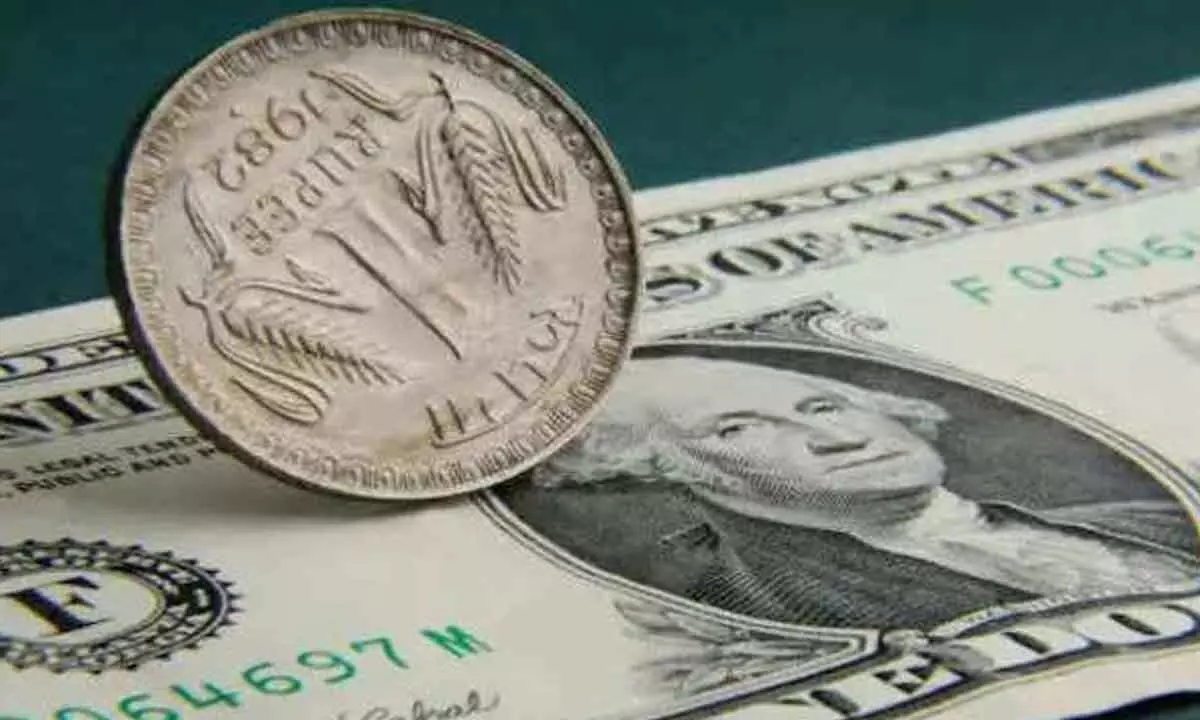Indian Rupee Gains Against US Dollar Amid Easing Inflation Data and Foreign Capital Inflows
The Indian rupee continued its upward trajectory against the US dollar, following the trend of Asian currencies, as easing US inflation data led to a decrease in expectations for federal reserve rate hikes. This marks the fourth consecutive session of gains for the Indian currency.
image for illustrative purpose

The Indian rupee continued its upward trajectory against the US dollar, following the trend of Asian currencies, as easing US inflation data led to a decrease in expectations for federal reserve rate hikes. This marks the fourth consecutive session of gains for the Indian currency.
Analysts project that the USDINR currency pair is likely to trade within the range of 81.80-82.70 in the coming days. While inflows support the rupee's strength, demand for dollars from importers is expected to limit any significant decline in the exchange rate. Market participants will closely monitor the Reserve Bank of India's intervention around the 81.80 level, as it may influence a potential break below that threshold.
In the global context, Asian currencies experienced gains as the dollar index declined by 0.1 percent, following a substantial 1 percent drop, marking its largest decline since January. US inflation data revealed a decline to a more than two-year low, with the Consumer Price Index (CPI) dropping to 3 percent on a yearly basis in June, down from 4 percent in May. The core CPI also decreased to 4.8 percent from 5.3 percent.
In contrast, India's headline retail inflation rate ended its four-month declining streak and rose to 4.81 percent in June, driven by higher vegetable prices and the fading impact of a favorable base.
Following the release of the CPI data, traders adjusted their expectations for a rate hike in November to approximately a 26 percent chance, down from 46 percent, according to Bloomberg data.
Market participants are eagerly awaiting the US Producer Price Index (PPI) for June and weekly jobless claims, along with key economic indicators such as UK GDP for May and Eurozone industrial production for May.

